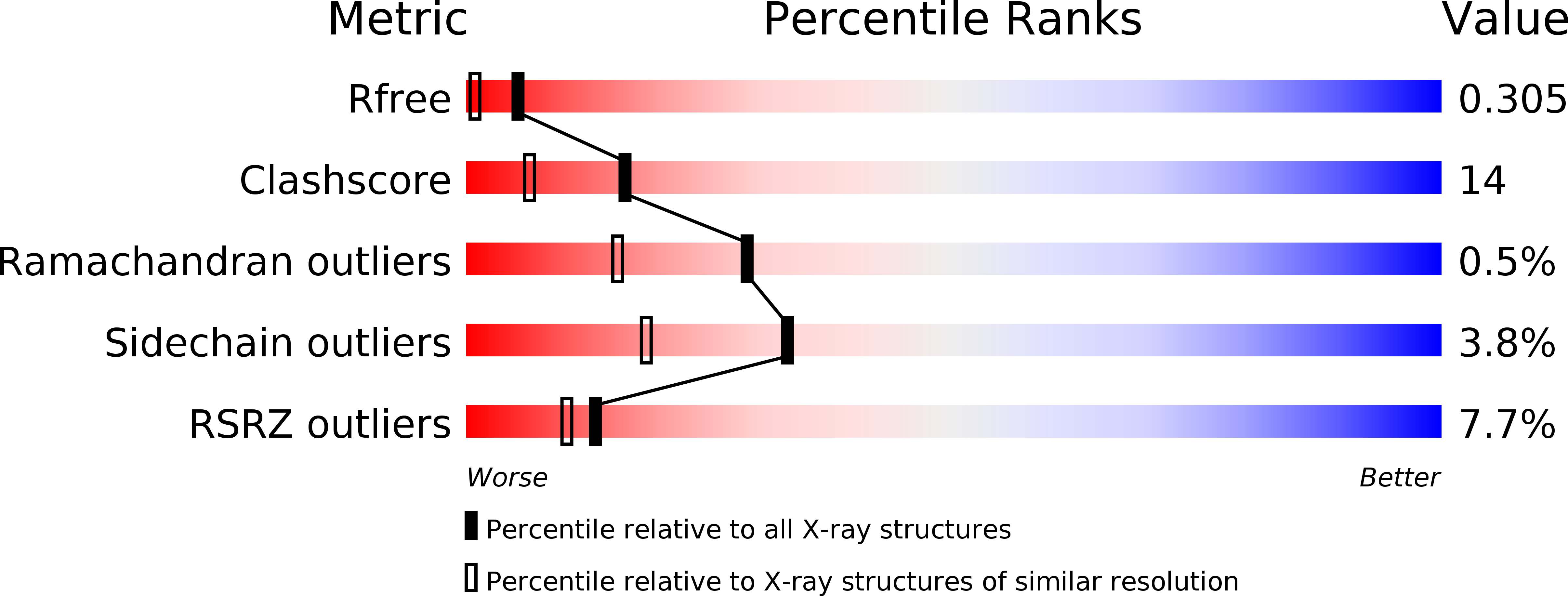Abstact
Kunitz domain 1 (KD1) of tissue factor pathway inhibitor-2 inhibits trypsin, plasmin, and factor VIIa (FVIIa)/tissue factor with Ki values of 13, 3, and 1640 nM, respectively. To investigate the molecular specificity of KD1, crystals of the complex of KD1 with bovine beta-trypsin were obtained that diffracted to 1.8 A. The P1 residue Arg-15 (bovine pancreatic trypsin inhibitor numbering) in KD1 interacts with Asp-189 (chymotrypsin numbering) and with the carbonyl oxygens of Gly-219 and Ogamma of Ser-190. Leu-17, Leu-18, Leu-19, and Leu-34 in KD1 make van der Waals contacts with Tyr-39, Phe-41, and Tyr-151 in trypsin, forming a hydrophobic interface. Molecular modeling indicates that this complementary hydrophobic patch is composed of Phe-37, Met-39, and Phe-41 in plasmin, whereas in FVIIa/tissue factor, it is essentially absent. Arg-20, Tyr-46, and Glu-39 in KD1 interact with trypsin through ordered water molecules. In contrast, insertions in the 60-loop in plasmin and FVIIa allow Arg-20 of KD1 to directly interact with Glu-60 in plasmin and Asp-60 in FVIIa. Moreover, Tyr-46 in KD1 electrostatically interacts with Lys-60A and Arg-60D in plasmin and Lys-60A in FVIIa. Glu-39 in KD1 interacts directly with Arg-175 of the basic patch in plasmin, whereas in FVIIa, such interactions are not possible. Thus, the specificity of KD1 for plasmin is attributable to hydrophobic and direct electrostatic interactions. For trypsin, hydrophobic interactions are intact, and electrostatic interactions are weak, whereas for FVIIa, hydrophobic interactions are missing, and electrostatic interactions are partially intact. These findings provide insight into the protease selectivity of KD1.



